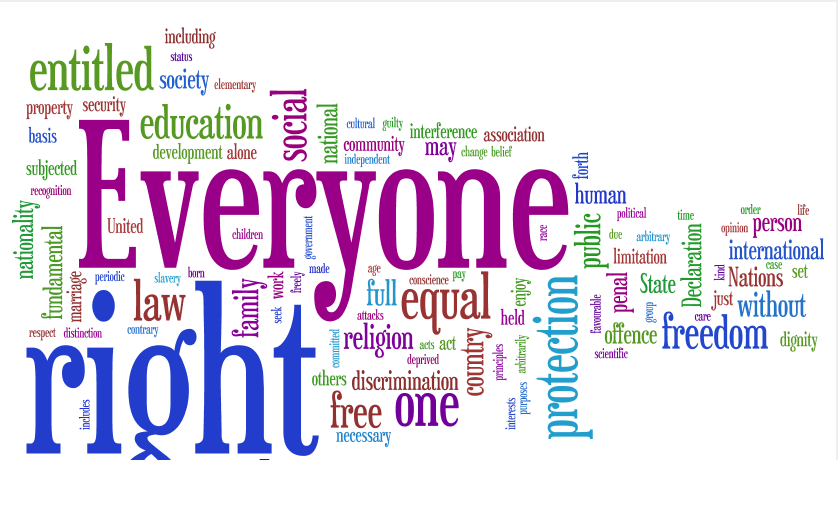Performance Task Time
Here's a link to the first part of the Performance Task - for those of you wishing to do the YPI project.
Here is the link to the YPI/Summative/Performance Task Presentation that we viewed today.
All of the parts of this project are listed below.
The final day to work on this is Monday, January 20. You will ALL present over the next two days.
Civics Performance Task Part 1 - What Are Your Values?
Civics Performance Task Part II - Your Charity
Civics Performance Task Part III - The Interview Process
Civics Performance Task Part IV - Presentation
Presentation Rubric
Here is the link to the YPI/Summative/Performance Task Presentation that we viewed today.
All of the parts of this project are listed below.
The final day to work on this is Monday, January 20. You will ALL present over the next two days.
Civics Performance Task Part 1 - What Are Your Values?
Civics Performance Task Part II - Your Charity
Civics Performance Task Part III - The Interview Process
Civics Performance Task Part IV - Presentation
Presentation Rubric




